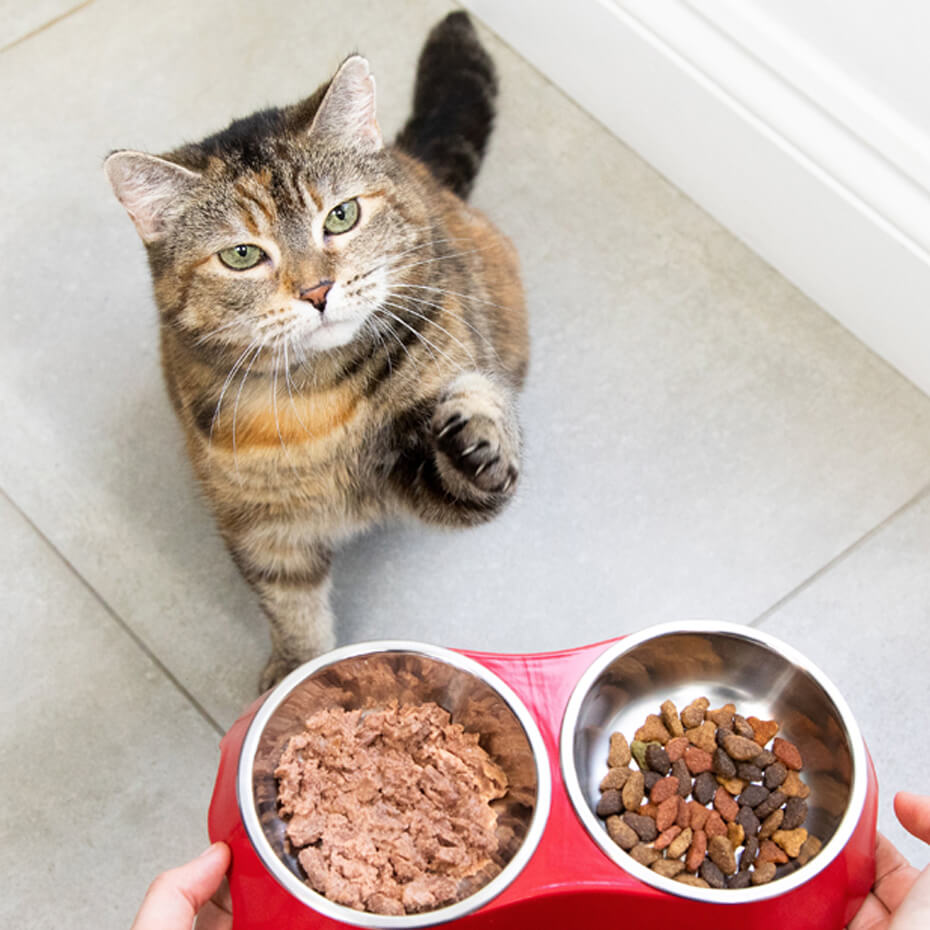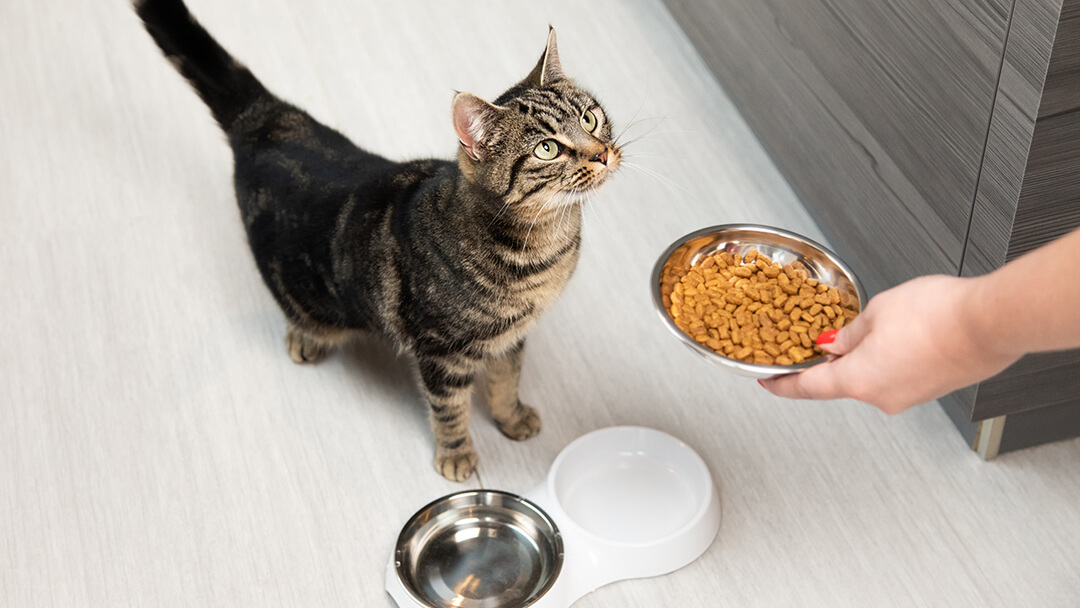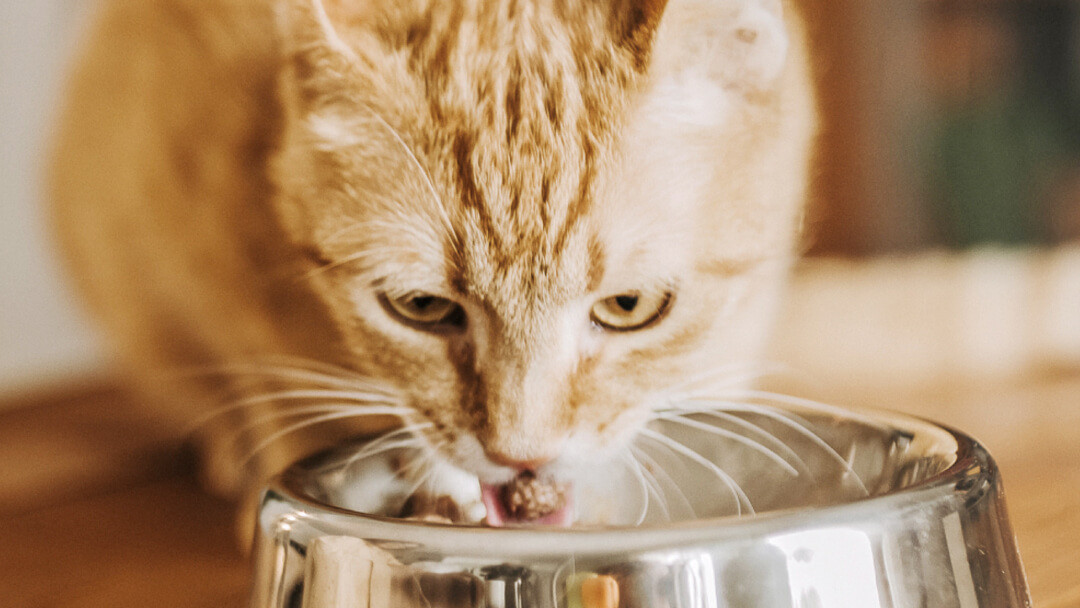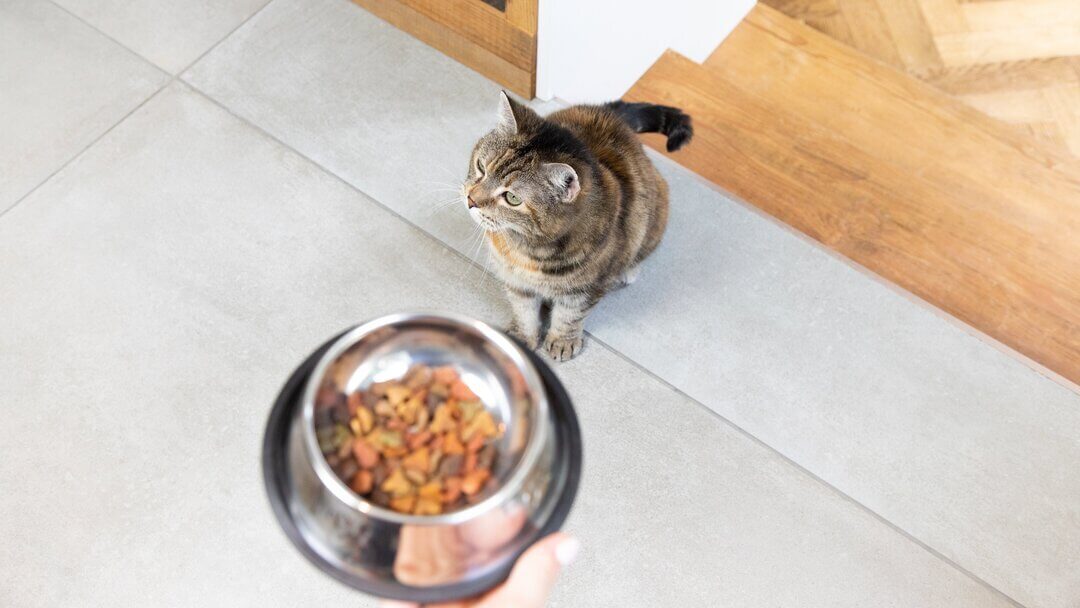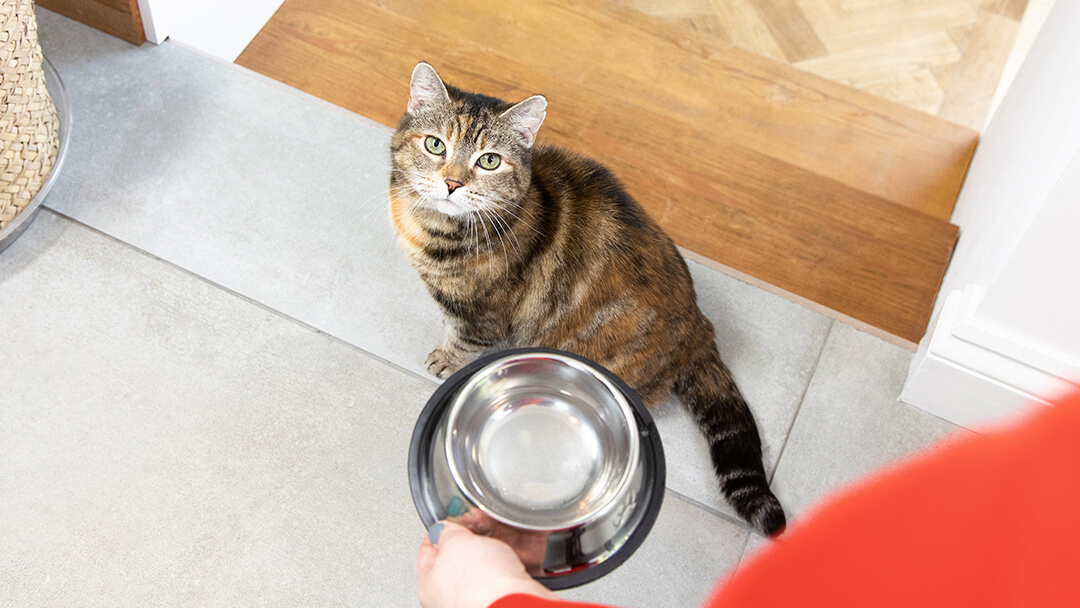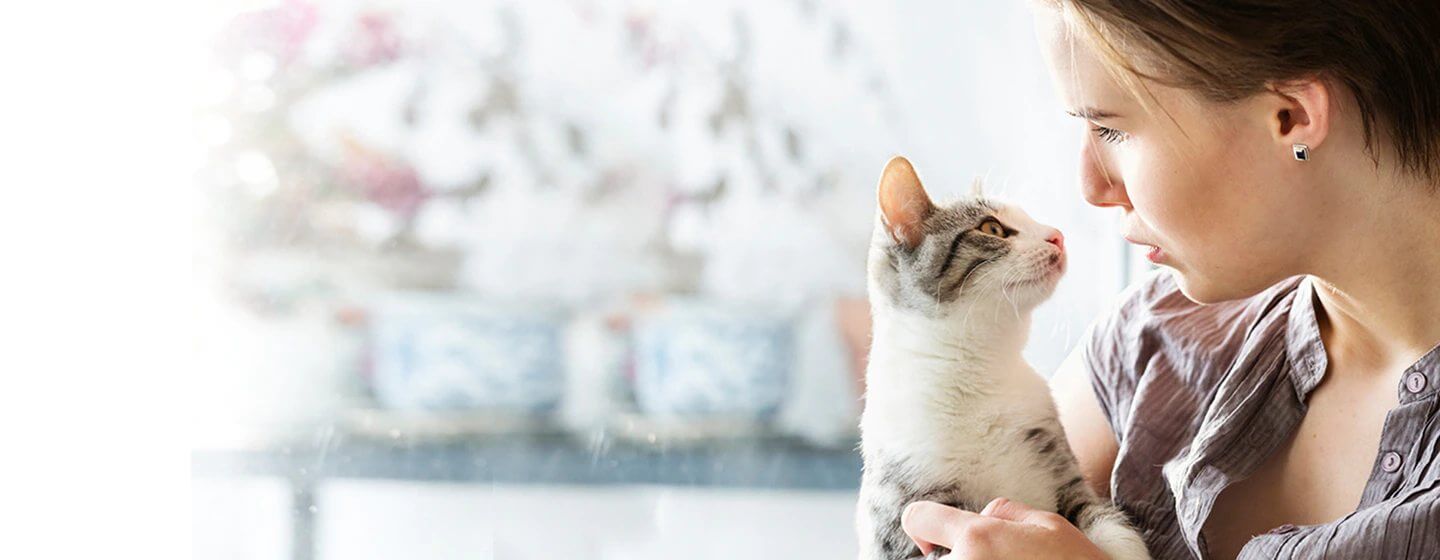
FUSSY EATERS
Cats have a bit of a reputation for being rather particular about what’s in their bowl. Most have their favourite textures and flavours – and can be quick to turn up their nose at anything out of the ordinary. But fussy eaters are made, not born, so the best way to avoid finicky eating habits is to nip them in the bud!
DON’T TEACH BAD HABITS
Cats may have a mind of their own, but they still learn from how we treat them. A sure way to create fussy eaters is to chop and change their routines, or panic at the first sign of rejection by tempting them back to the bowl with tidbits from your table. They’ll quickly learn how to manipulate you to feed them tasty ‘owner’ food rather than a healthy balanced diet. Think about it from your cat’s point of view: what would you do if you were ‘rewarded’ with a treat every time you didn’t eat? To avoid fussy tendencies, your best bet is to pick a routine and stick to it.
IS YOUR CAT REALLY BEING FUSSY?
Sometimes, fussiness is more down to the way you serve food rather than the food itself.
Cats generally prefer to be left in peace to eat and don’t enjoy an audience. Create a bit of privacy at mealtimes and switch feeding time until after the rest of household has eaten, keeping your cat away from the family eating area during meals.
Make sure your cat’s bowl is clean. Many cats won’t eat out of a bowl that has bits of old food in it. Would you? Get into the habit of washing out food and water bowls after each use, since leftovers and bacteria are no better for cats than for humans.
If your cat normally enjoys dry food but has suddenly become fussy, you may need to replace the food. Dry food absorbs moisture and becomes stale, especially in warmer weather.
If canned food is the problem, it may be because you just took it out of the fridge. Cold wet food doesn’t have much of an aroma and cats won’t eat what they can’t smell. You can make wet food more appealing by heating it until it’s warm to the touch, releasing the food’s aroma and stimulating the appetite.
If your cat spends time outdoors, remember there are plenty of opportunities for an unscheduled snack the other side of the cat flap. By dinnertime, your cat just might not be hungry.
Like humans, cats react to the weather. Hot summer days suppress the appetite and your cat can’t opt for a light salad as an alternative like we can.
Unlike humans, cats don’t have psychological eating disorders and most will give in when they get really hungry. When your cat does eventually eat, offer lots of praise and affection as soon as the bowl has been removed.
IF THE STUBBORNNESS CONTINUES
If your cat’s fussiness continues, think about trying an alternative high quality cat food. Stick with the previous preference, whether dry or wet. Sometimes a simple change of recipe will get the taste buds working again.
You should also check your cat’s teeth. A dental problem or abscess could make eating difficult or painful. If your cat’s gums are red or swollen, or the breath is unpleasant, ask your vet for a dental check-up.
REFUSAL TO EAT FOR 24 HOURS OR LONGER
If your cat refuses all food for 24 hours or more, consult your vet. Refusal to eat can indicate a developing allergy, or be a sign of a more serious complaint. It may just be fussiness, but it’s always best to be safe and check with an expert.

